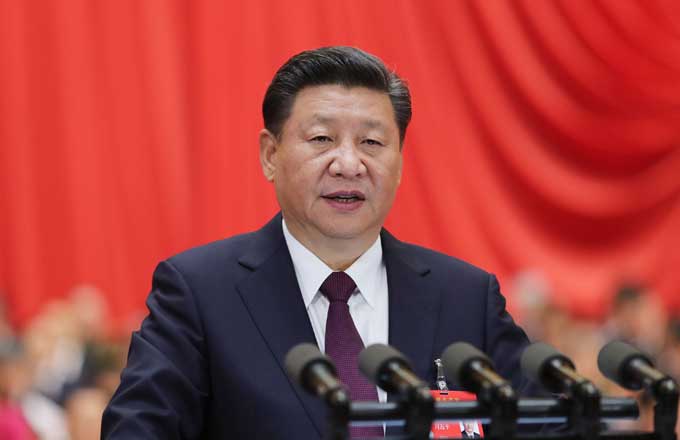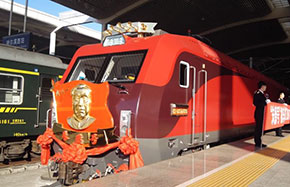Painter masters the art of drawing squirrels
Strolling along the scenic West Lake in Hangzhou, capital of Zhejiang province, one would easily come across squirrels that leap on the trees or chase for peanuts thrown by visitors.
![Zhu Yingren started to draw squirrels since the 1960s and is crowned as 'master of drawing squirrels'. [Photo/Provided to China Daily] Painter masters the art of drawing squirrels](../../images/attachement/jpg/site1/20130707/eca86bd9e3d2134315925b.jpg) |
|
Zhu Yingren started to draw squirrels since the 1960s and is crowned as "master of drawing squirrels". [Photo/Provided to China Daily] |
Zhu Yingren, an 83-year-old painter in Hangzhou, has spent decades observing the cute creatures and portrayed them vividly on hundreds of paintings, which has earned him the fame of "master of drawing squirrels".
The white-haired, refine-mannered painter says it is by chance that the squirrels became protagonist of his art works.
As a teacher of the Hangzhou-based China Academy of Art, Zhu's dormitory is near Gushan Mountain in the north of West Lake.
"There were lots of them on the hill, chasing one another, fighting, climbing up to my window and escaping when they see someone. We were neighbors," he says.
"Sometimes I put an apple on the window to lure them so that I can observe their expressions and actions closely," he recalls.
He notices the images of gesture, action and scene, which are important elements for his creations.
Zhu started to draw squirrels since the 1960s, and his first squirrel work that attracted great recognition is titled Water and Ink Squirrel Painting, which he painted in 1981. The masterpiece is of two squirrels clinging to a branch while gazing at something on the tree.
"In recent years, I focus more on its gestures and movements. You may notice that my squirrels have bigger tails than real ones - that's a bit of exaggeration of its most distinct characteristic," he says.
Jin Zhimin, a director at the Fenghuang Mountain Administration in Hangzhou, says he has practised painting based on Zhu's works for years and found it difficult to copy the "look" of the squirrels.
"It is so vivid," he says. "The use of ink is just right, no more, no less." Zhu started to learn traditional Chinese painting when he was 15 at his hometown of Changshu in Jiangsu province. Rebelling against his father's wish of inheriting the family business, he applied for the Hangzhou National College of Art, the predecessor of China Academy of Art, to study Western oil painting.





















